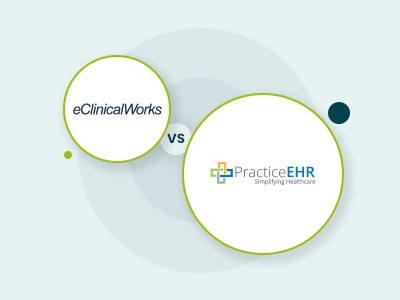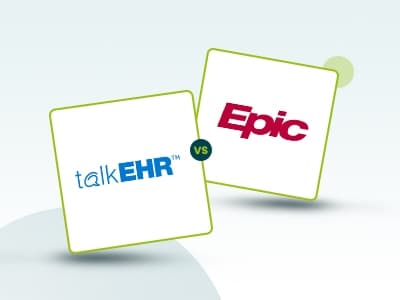Resources

How To Integrate DrChrono EHR With Other Systems?
Read More
3 mins read

ModMed Vs Epic: Which EMR Is Best For Your Practice?
Read More
5 mins read

eClinicalWorks Vs Practice EHR: Find The Right EHR Tool
Read More
6 mins read

talkEHR Vs Epic: Detailed EHR Comparison for Your Practice
Read More
5 mins read

Sage Intacct Vs NetSuite: Choosing The Right Accounting Software
Read More
5 mins read

Allscripts Vs Cerner: Comparing Top EHR Solutions
Read More
5 mins read

CureMD Vs eClinicalWorks: Which Is More User-Friendly?
Read More
6 mins read

How To Reconcile Bill.com Clearing Account?
Read More
3 mins read


